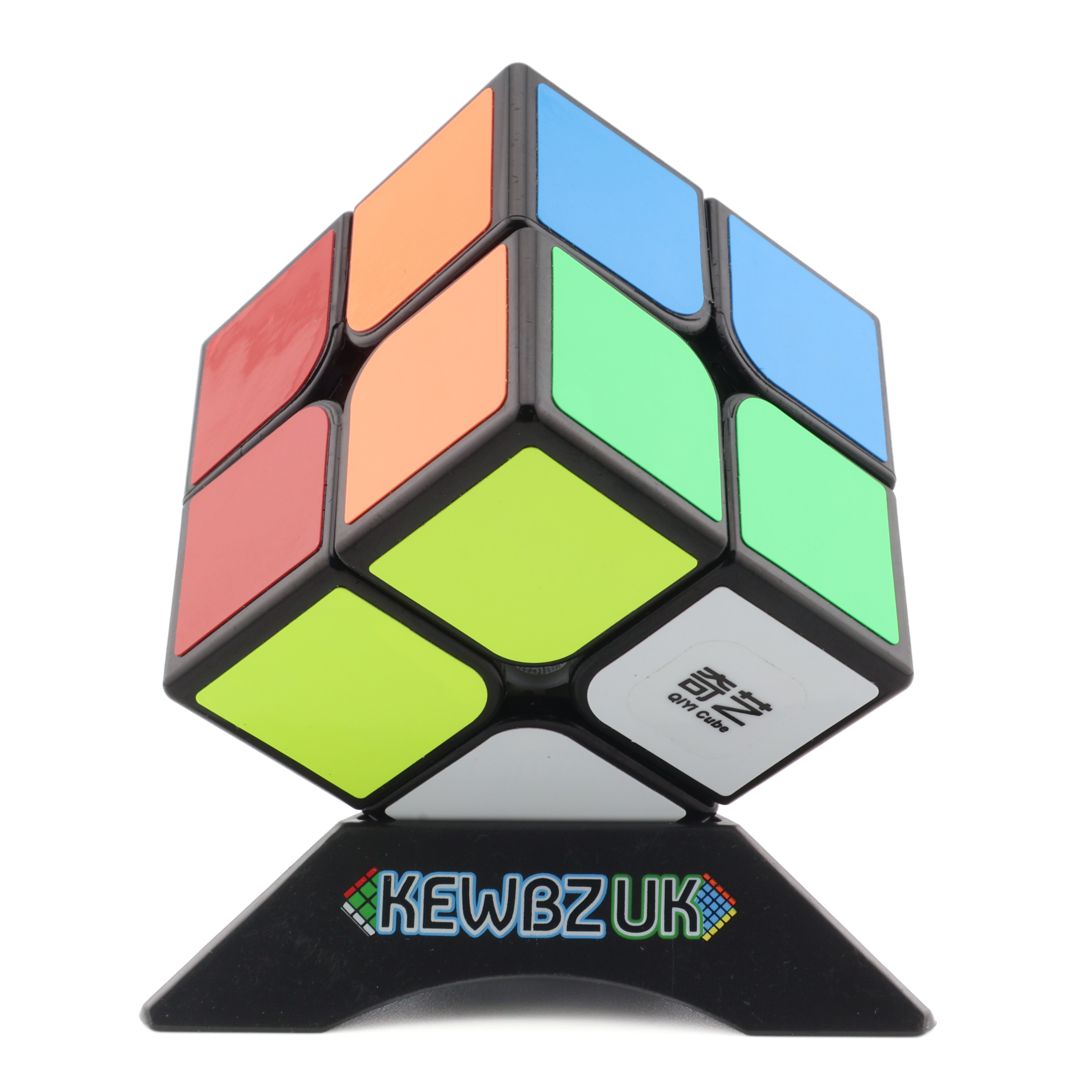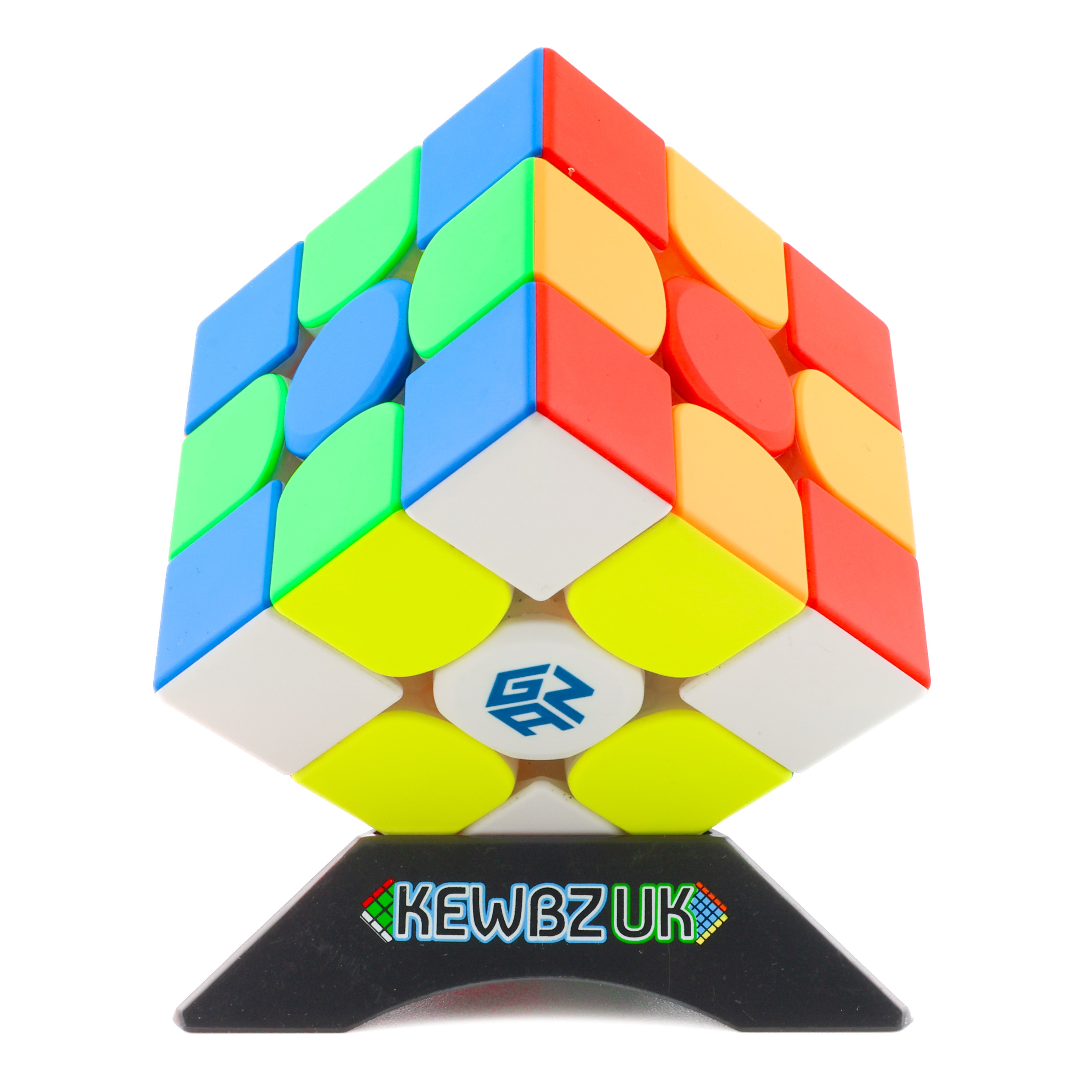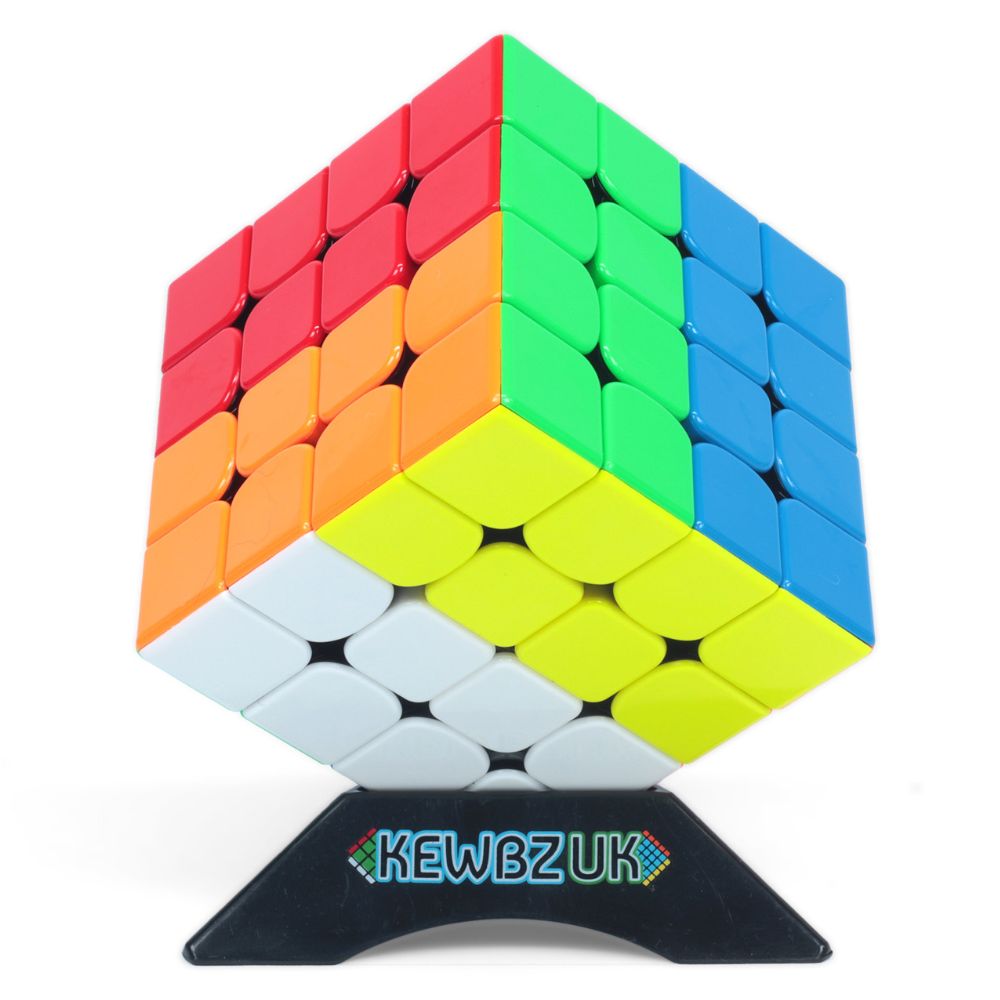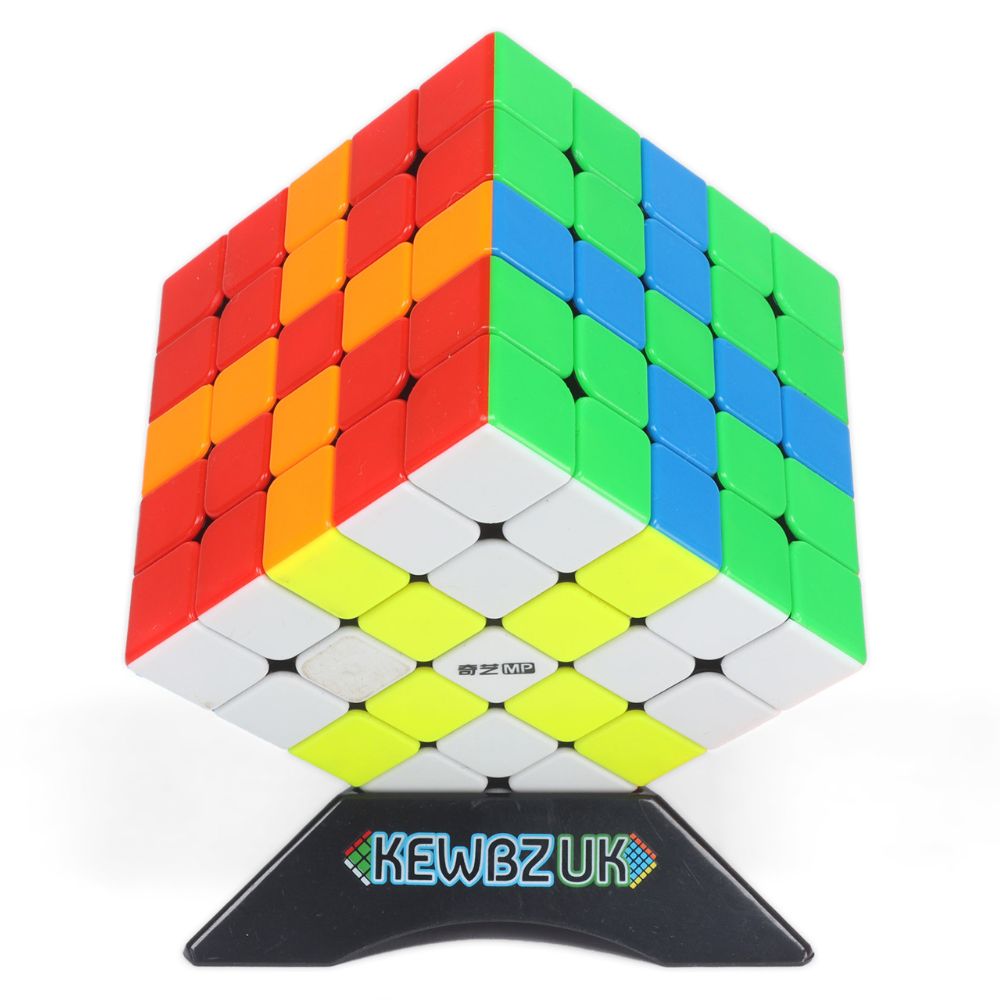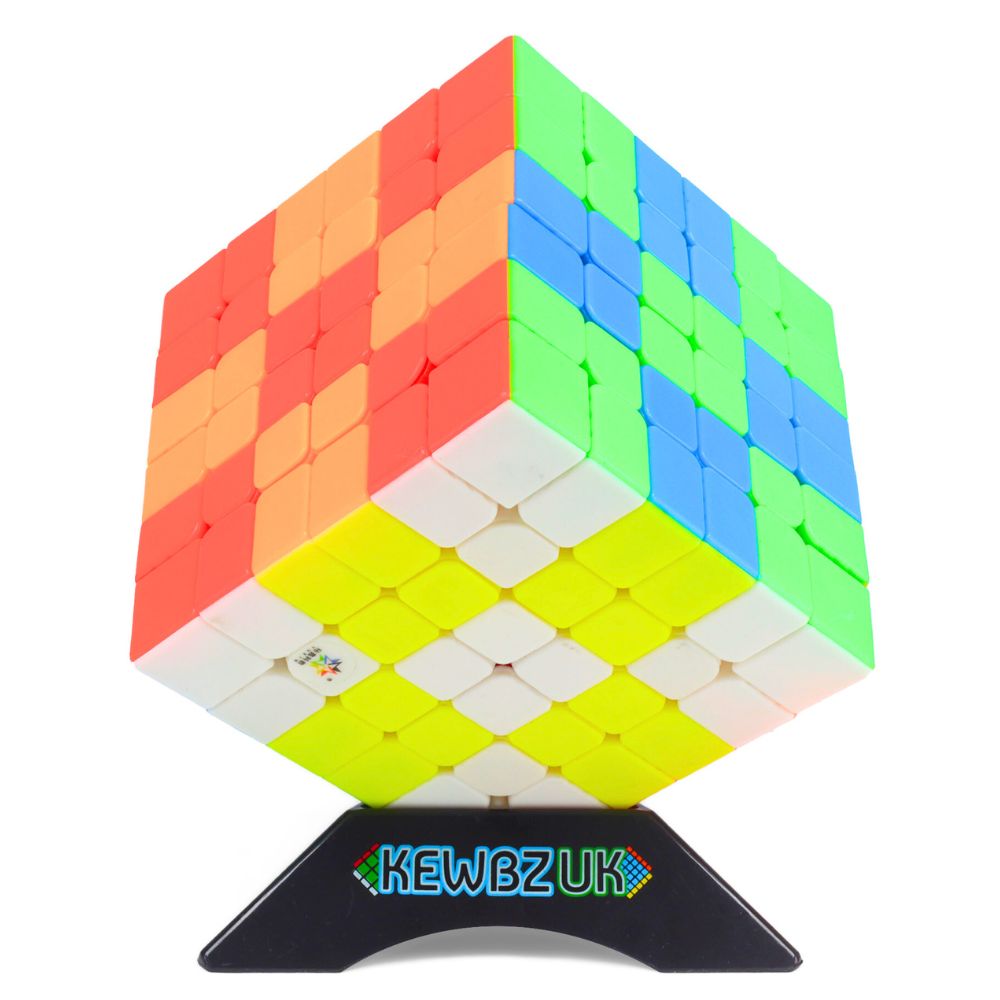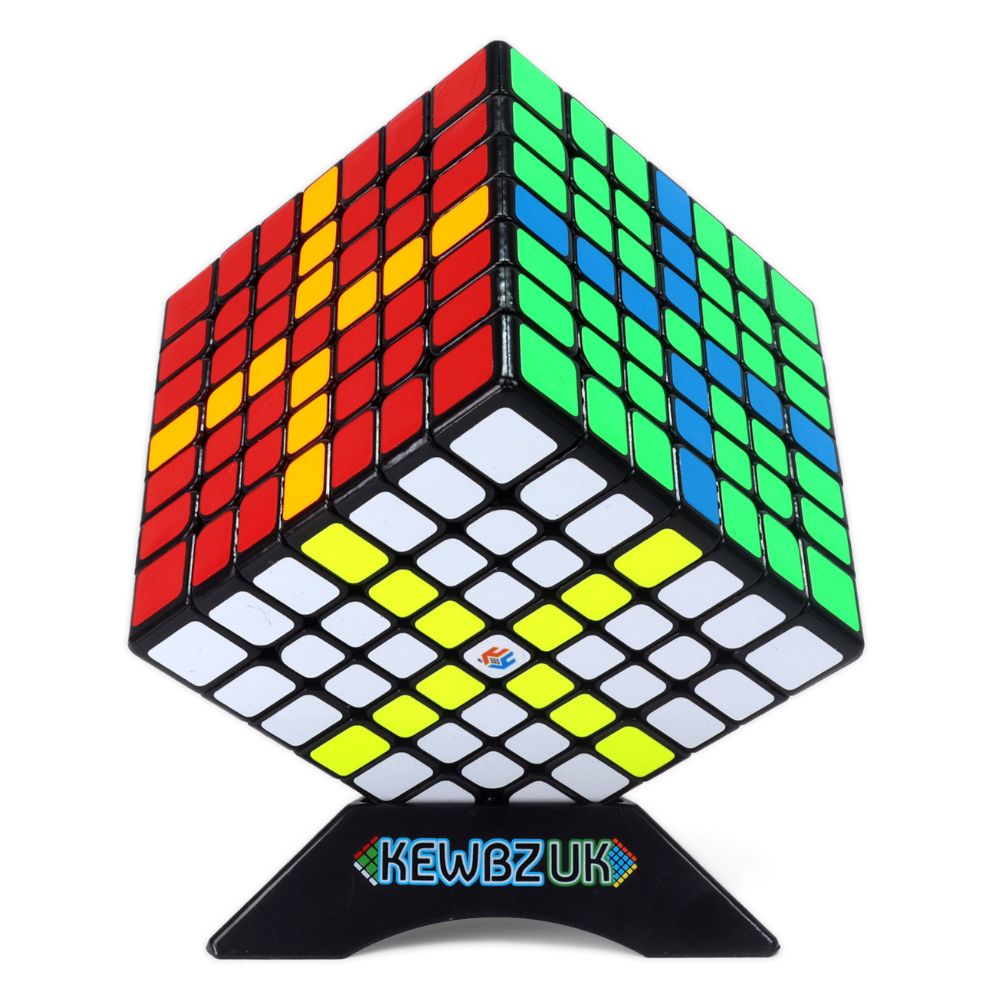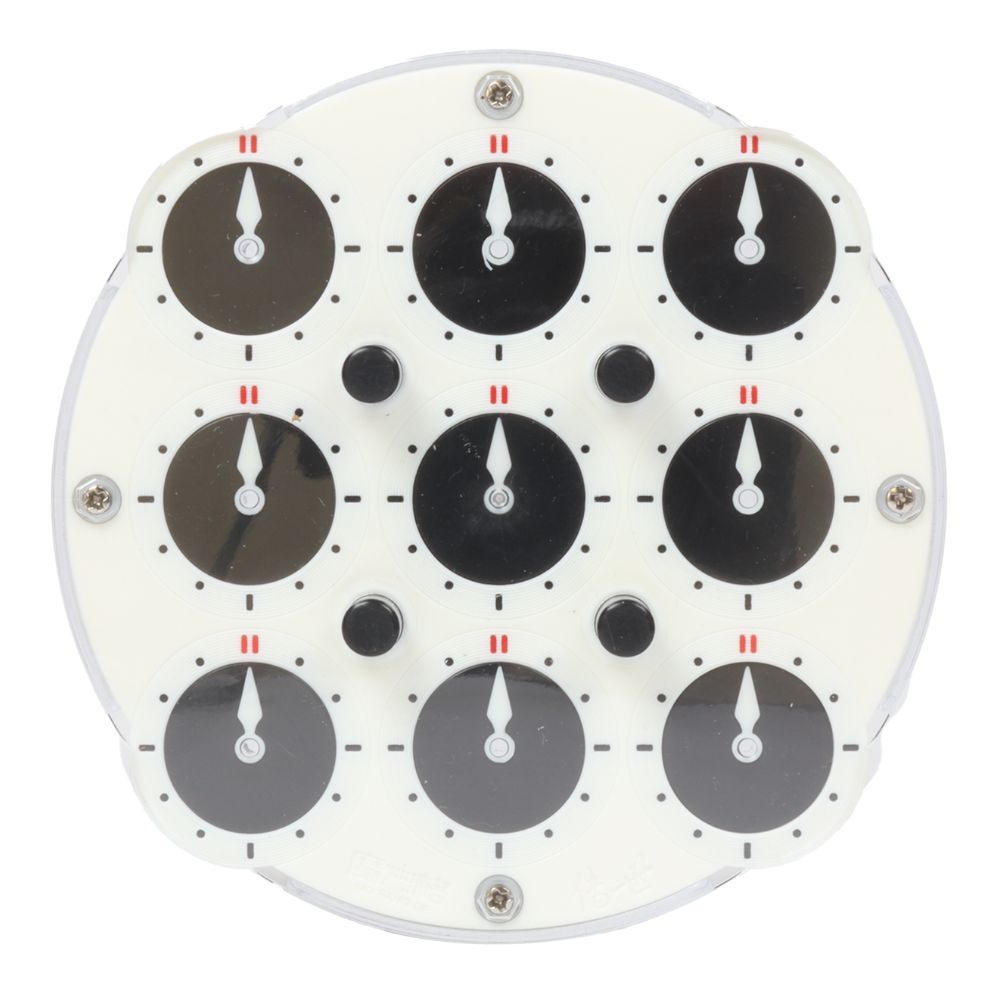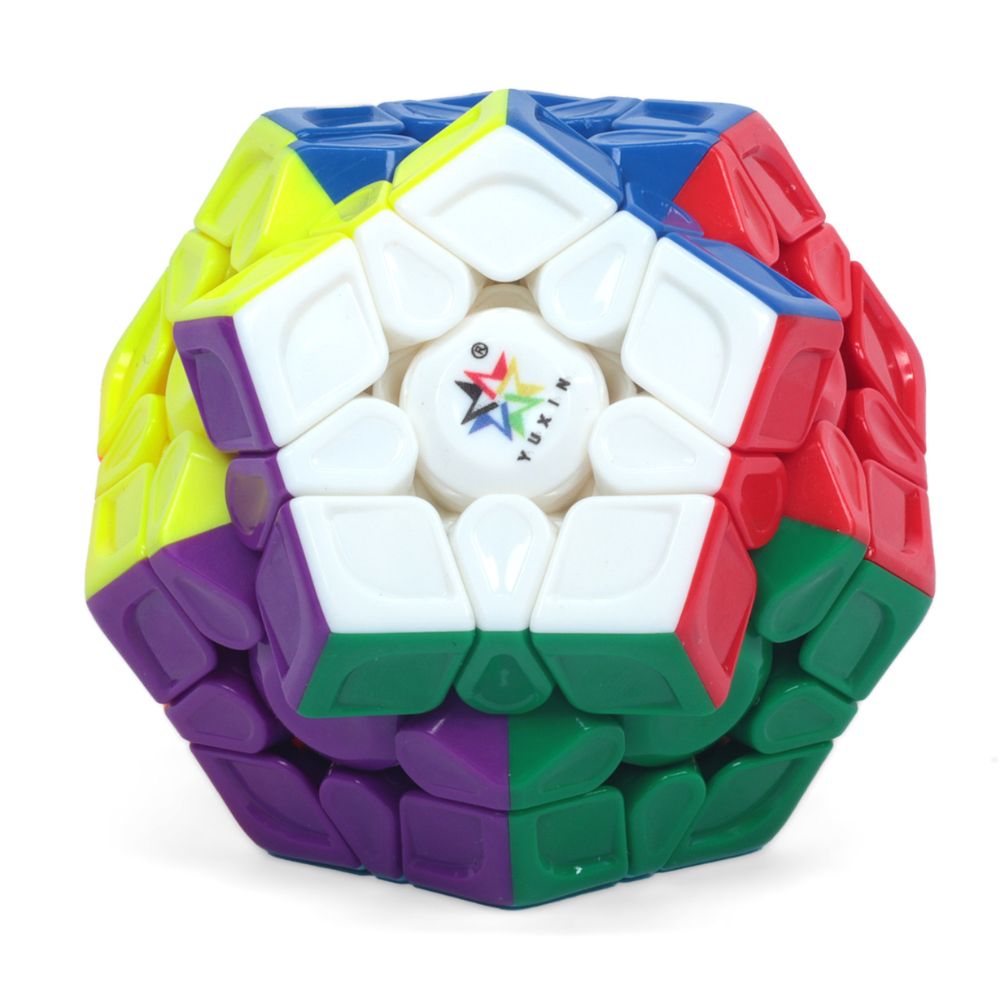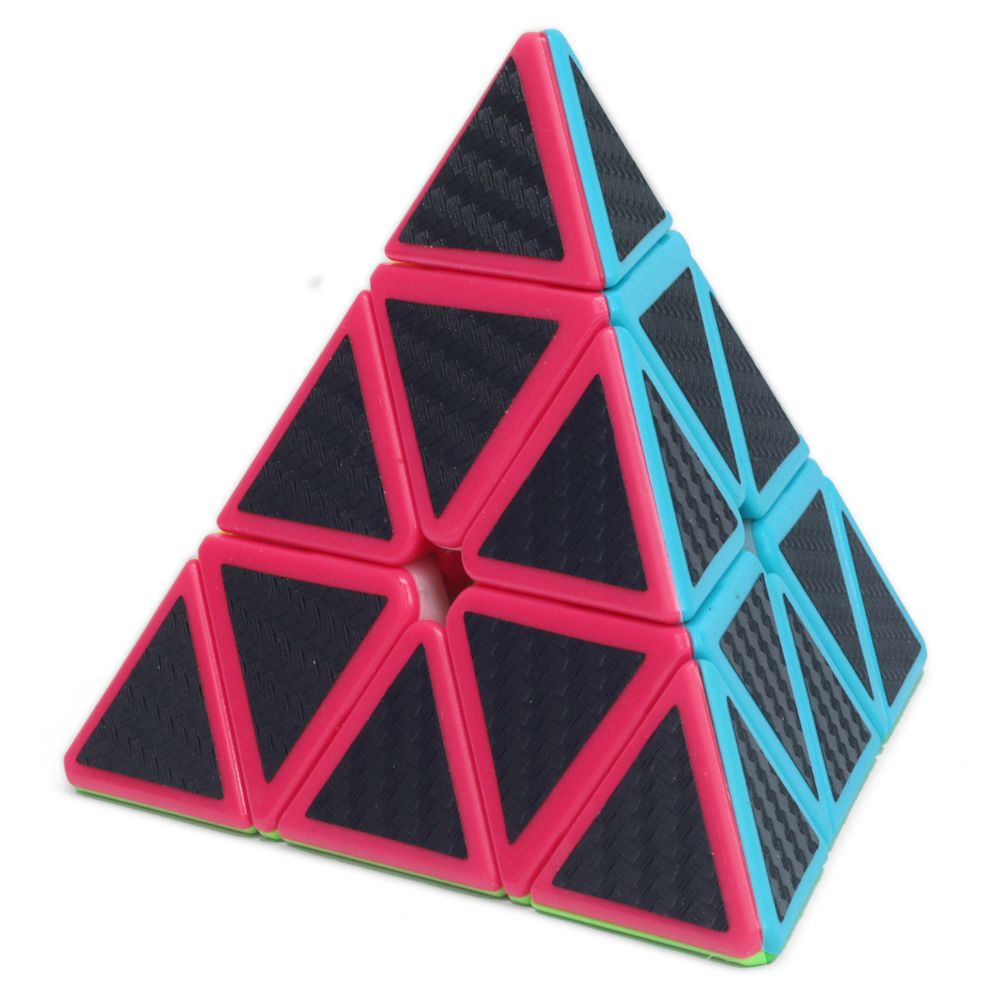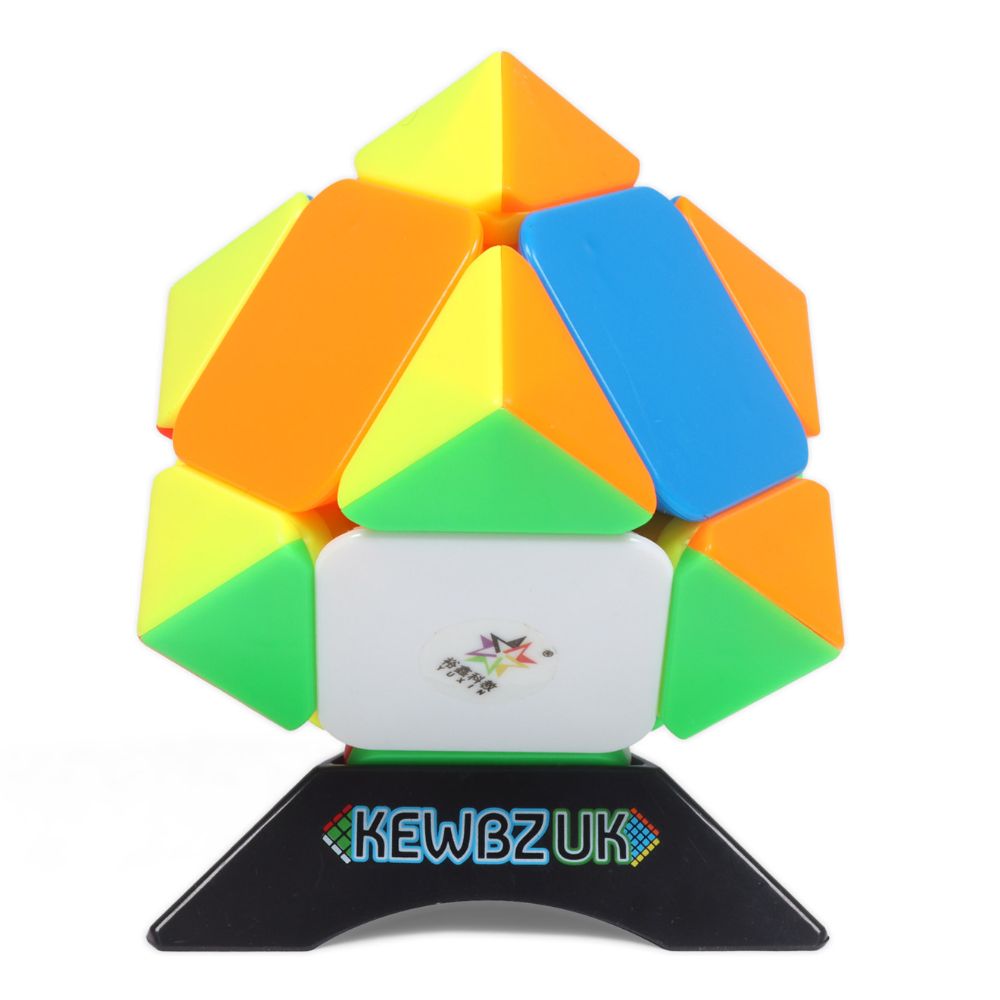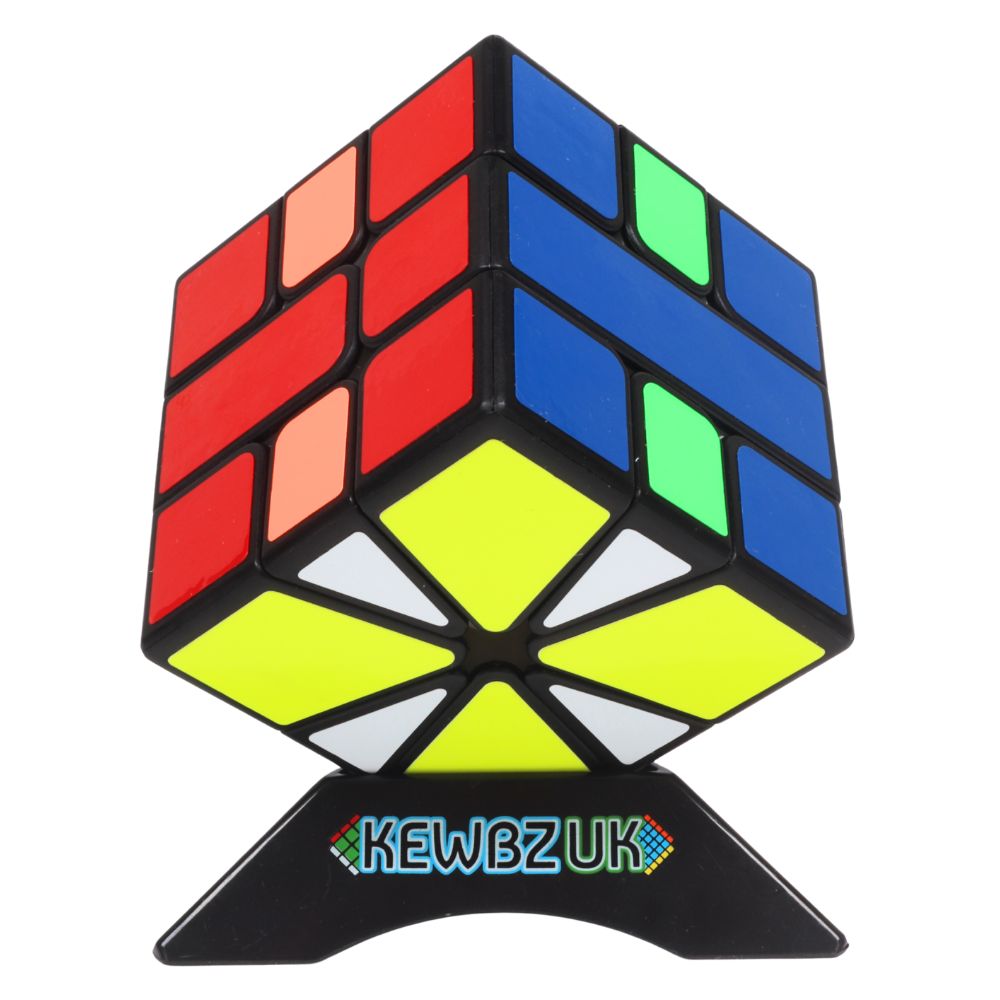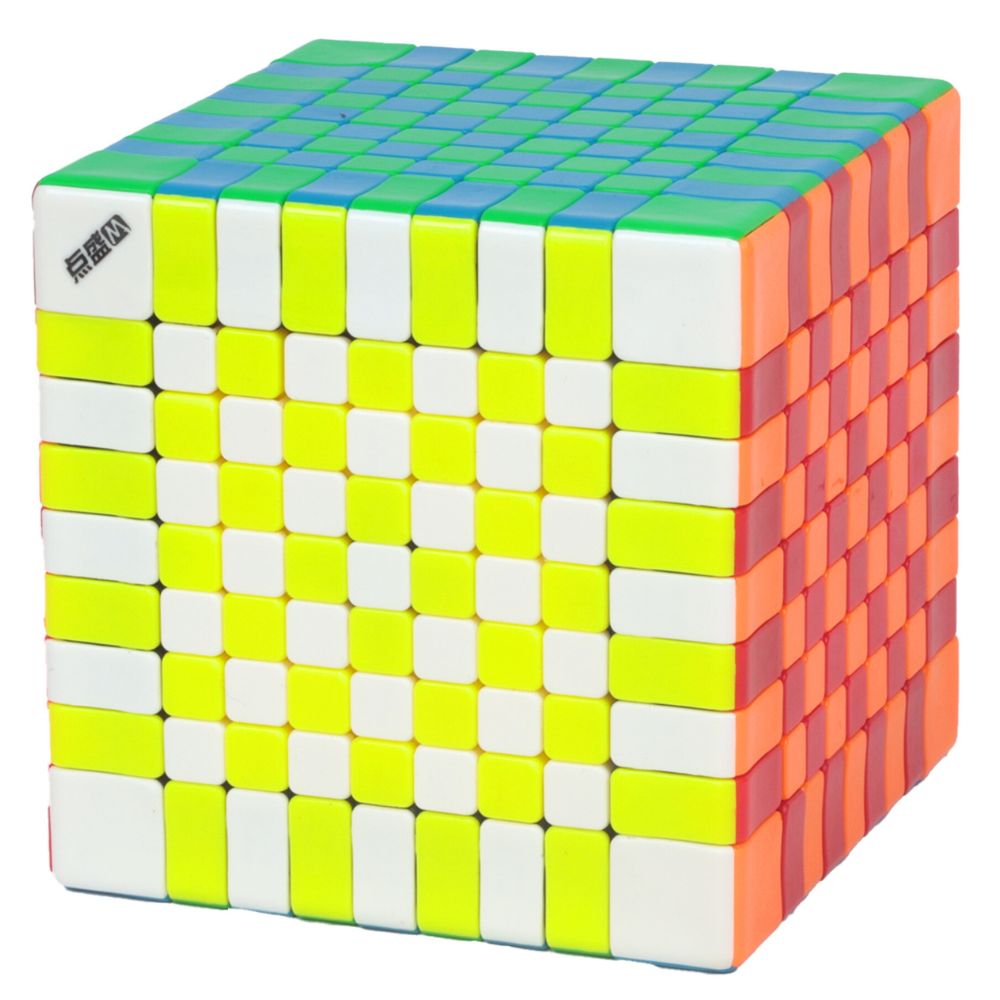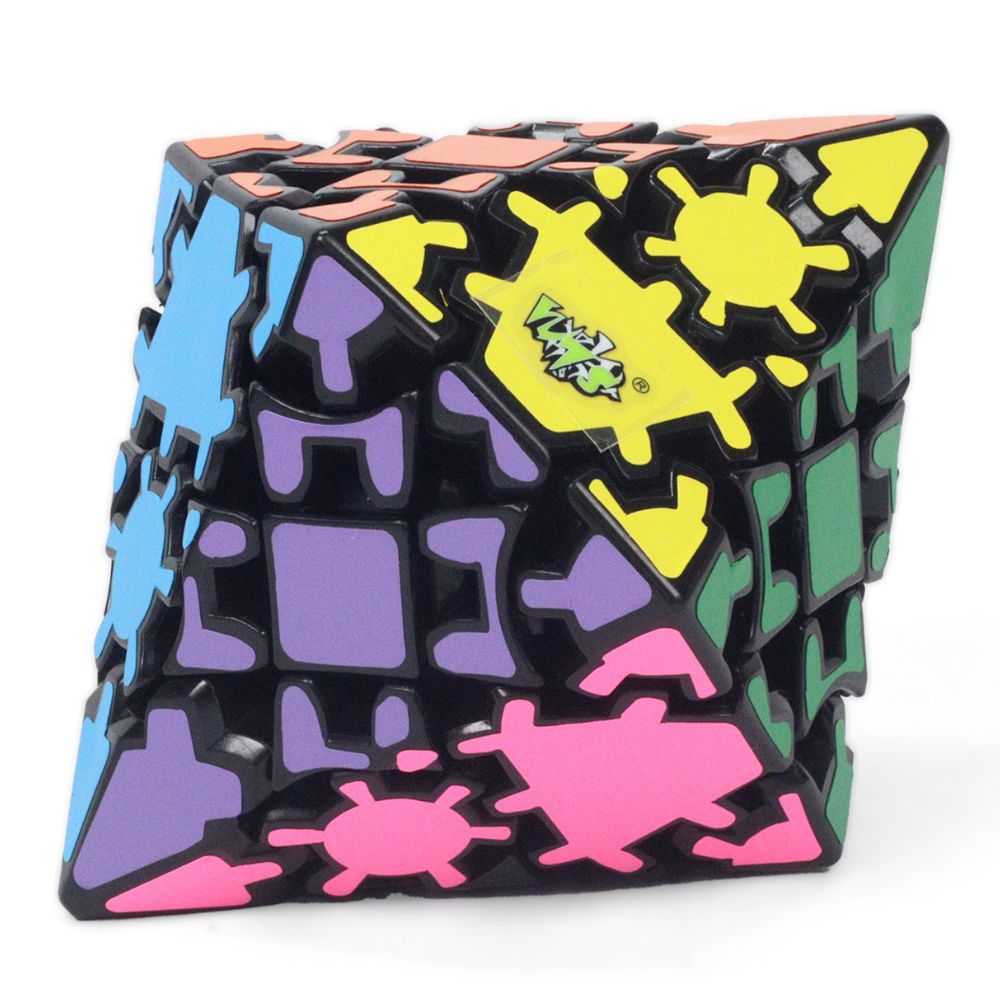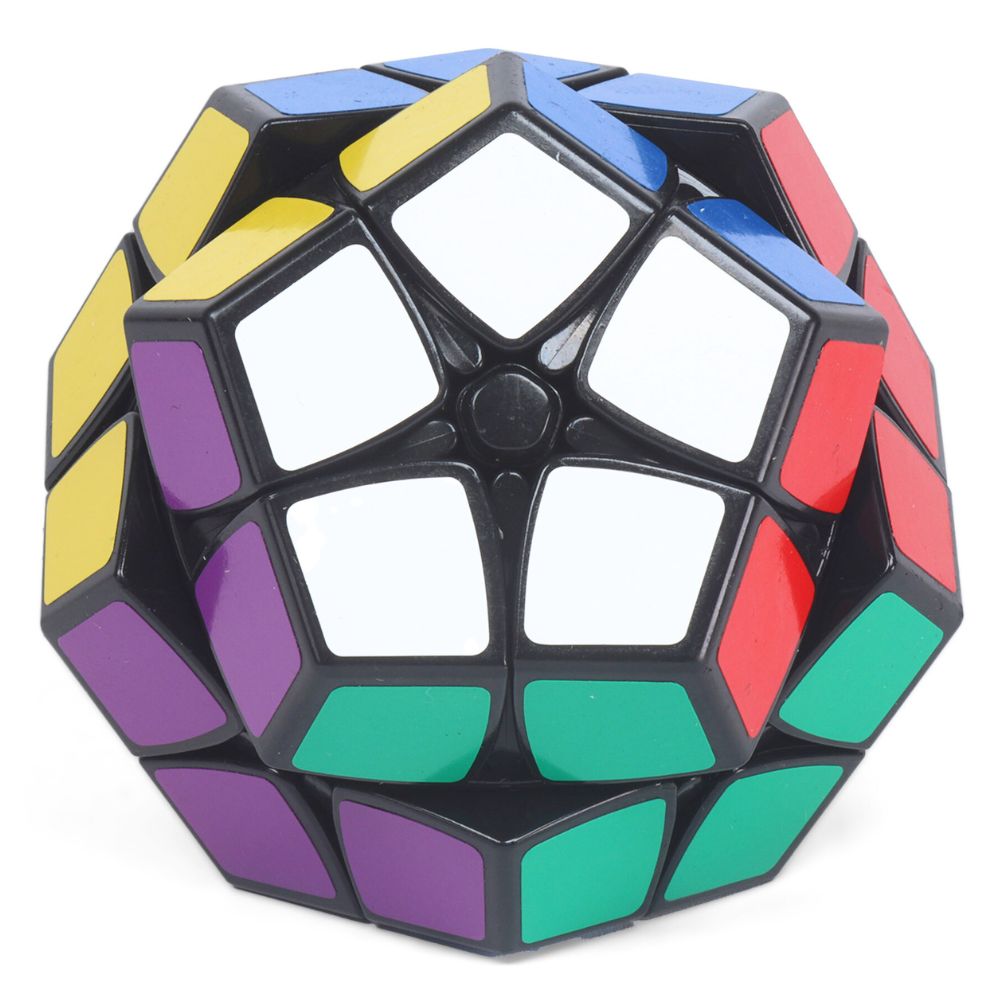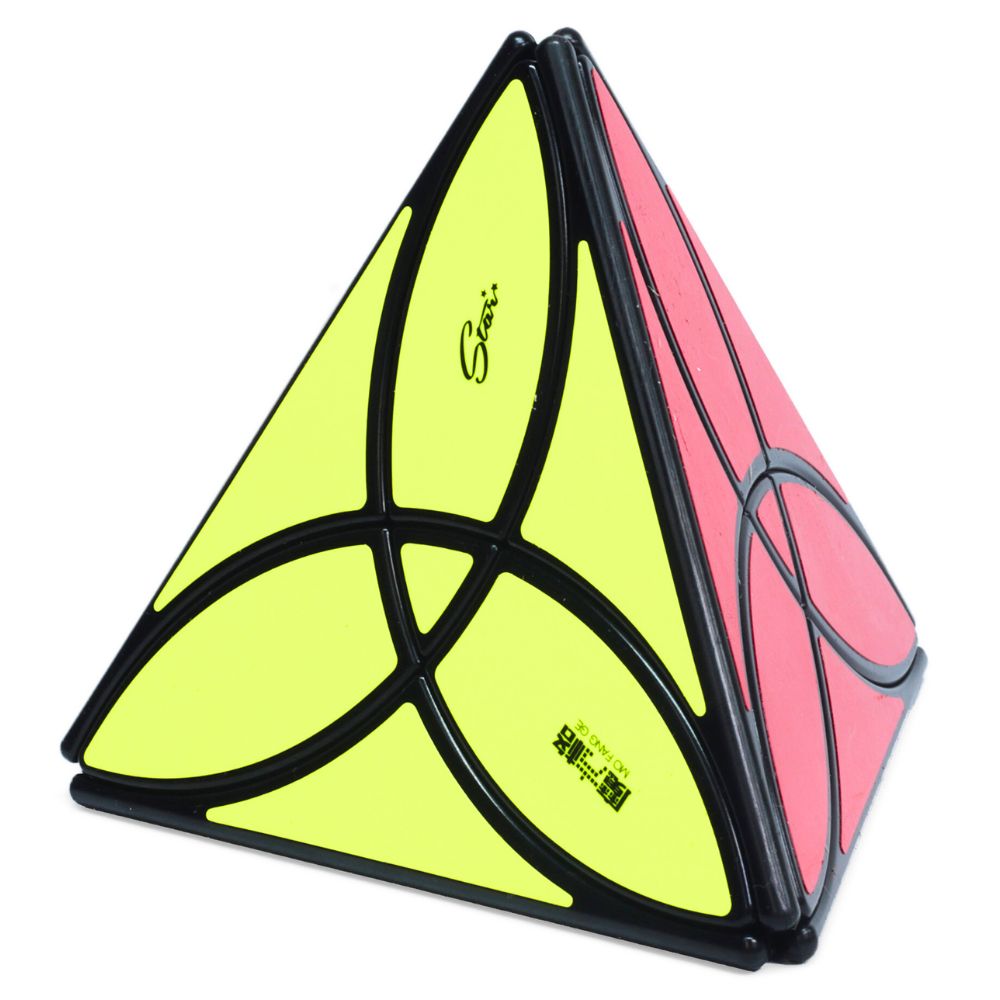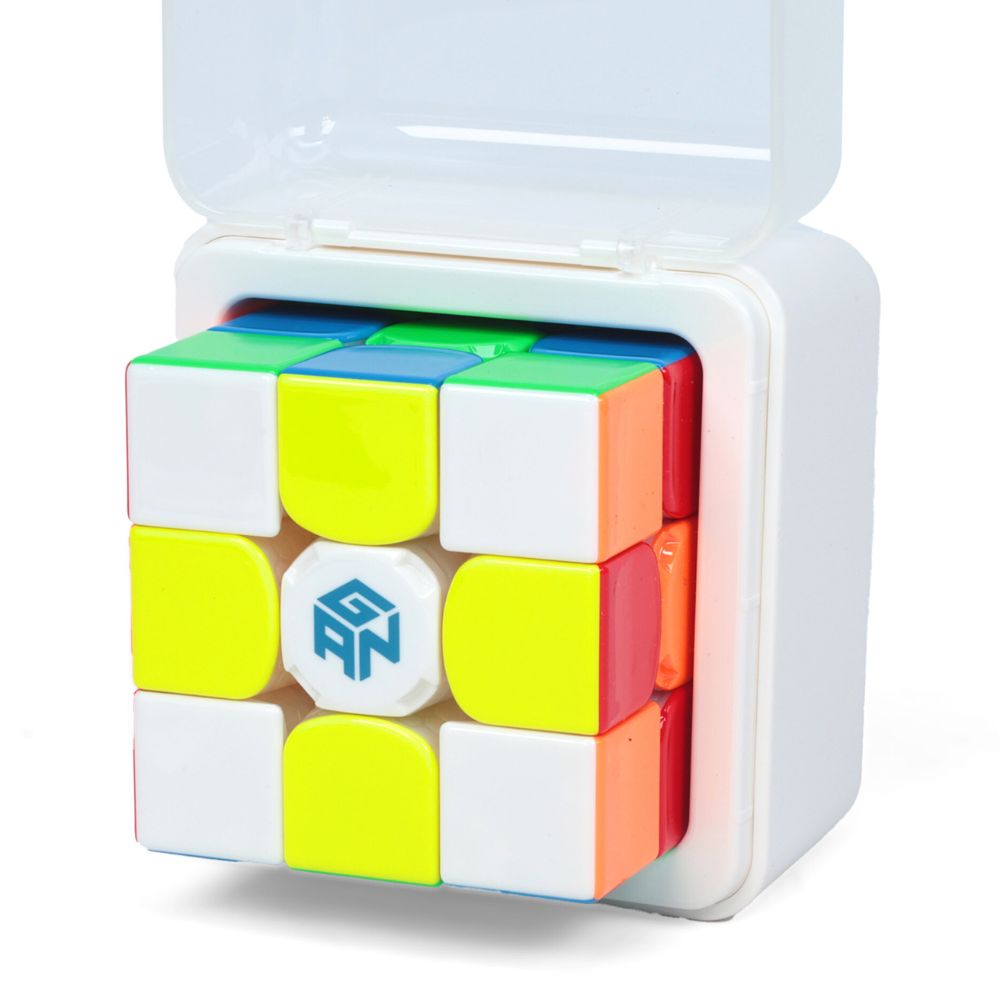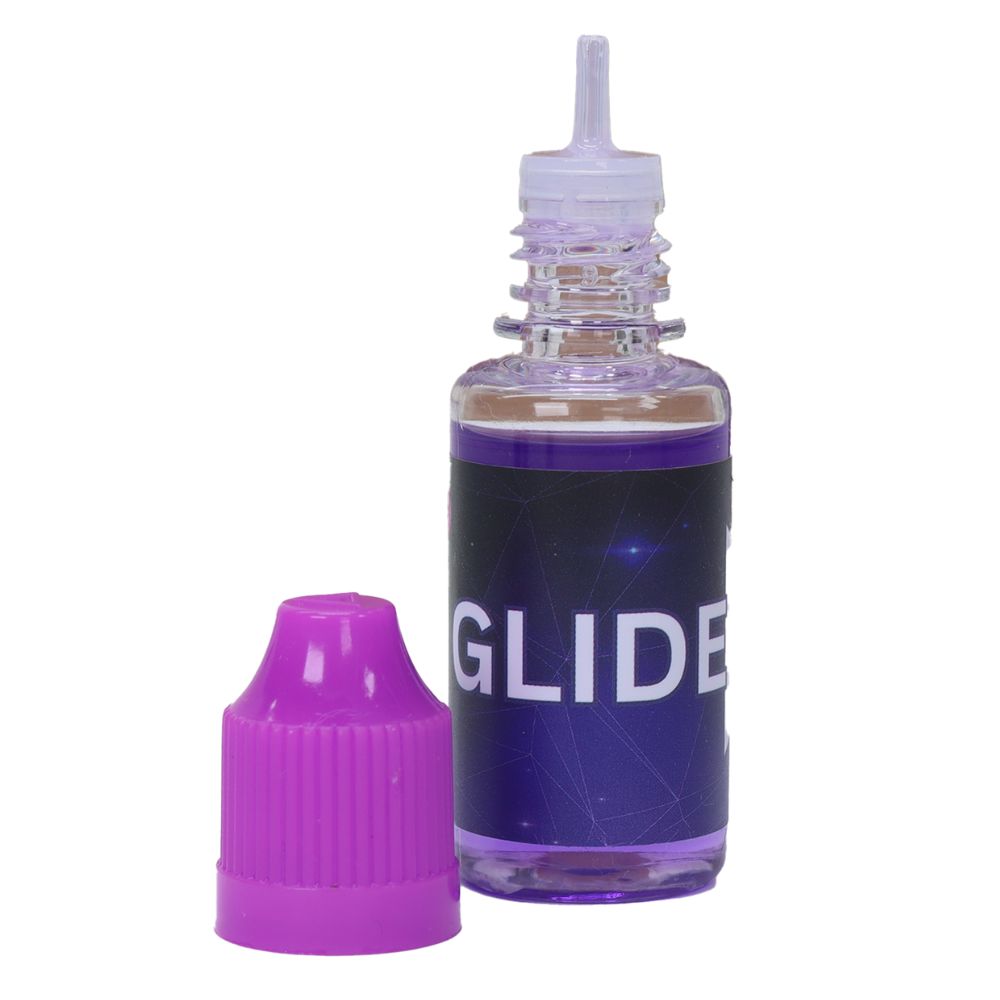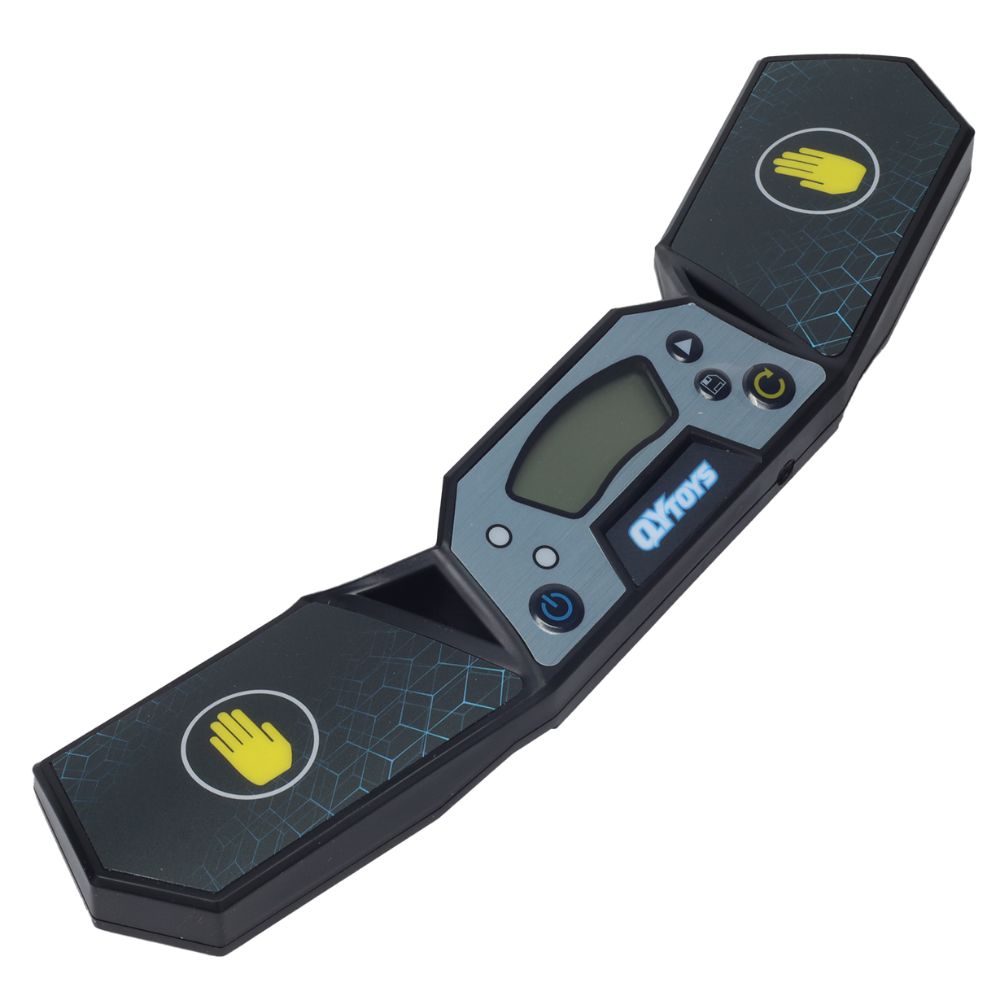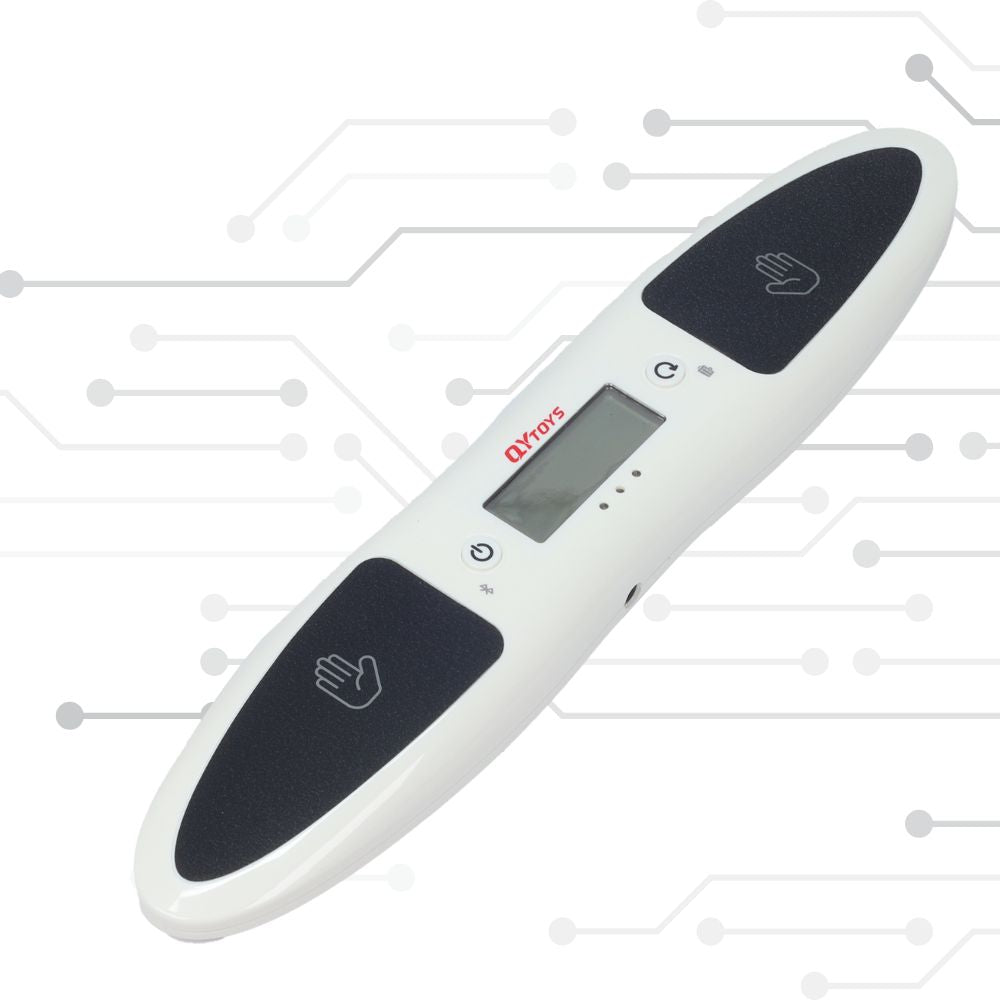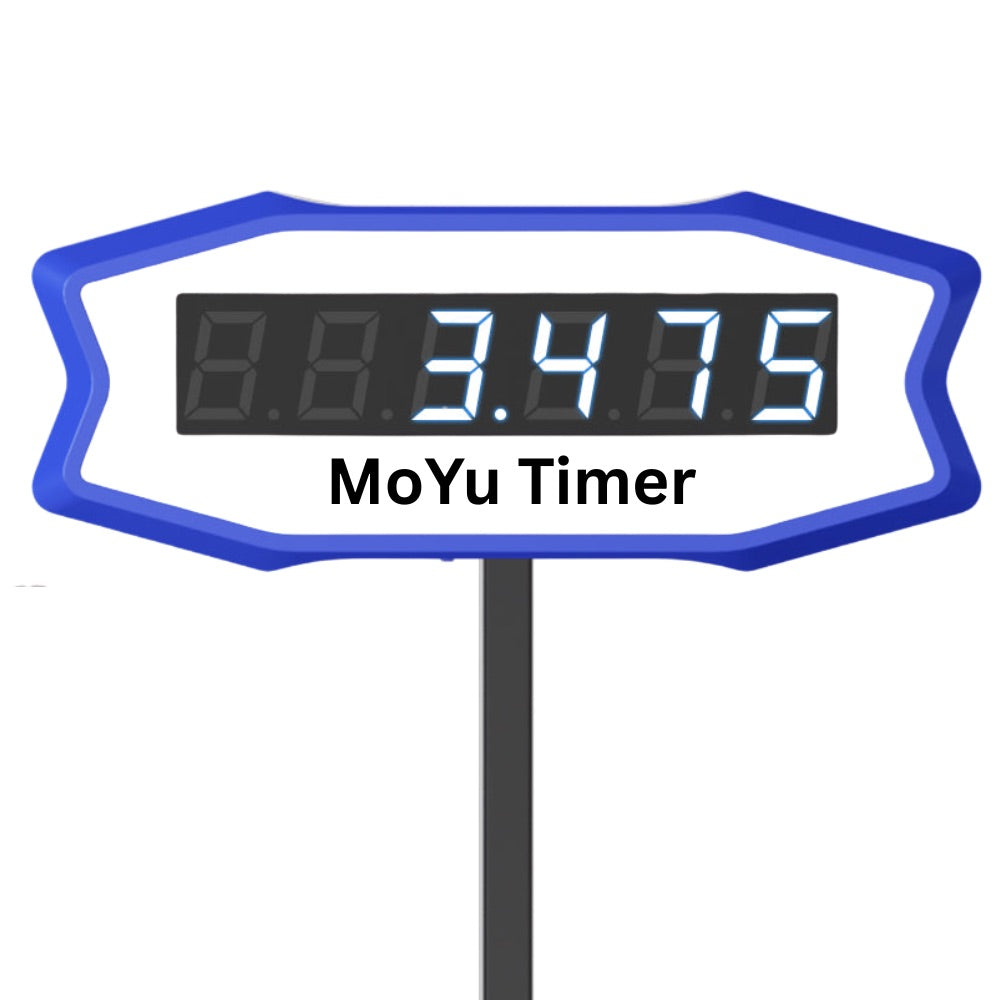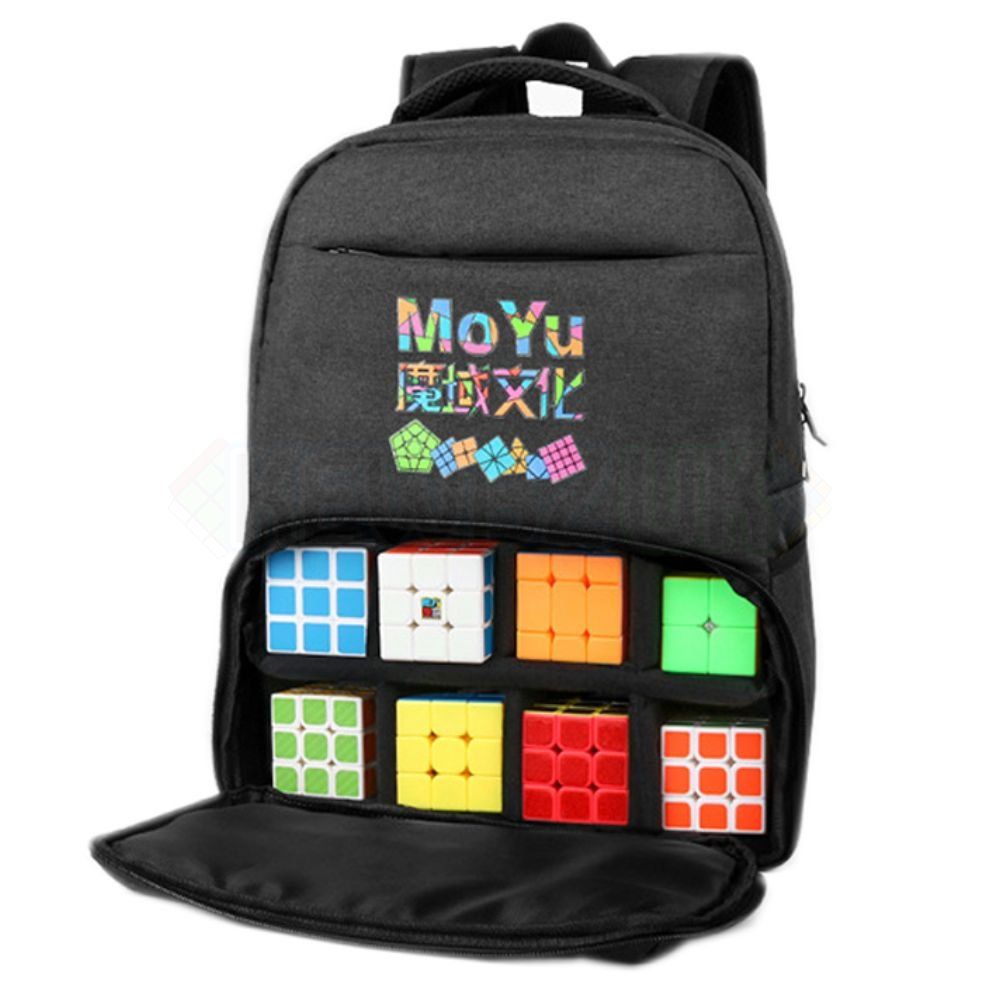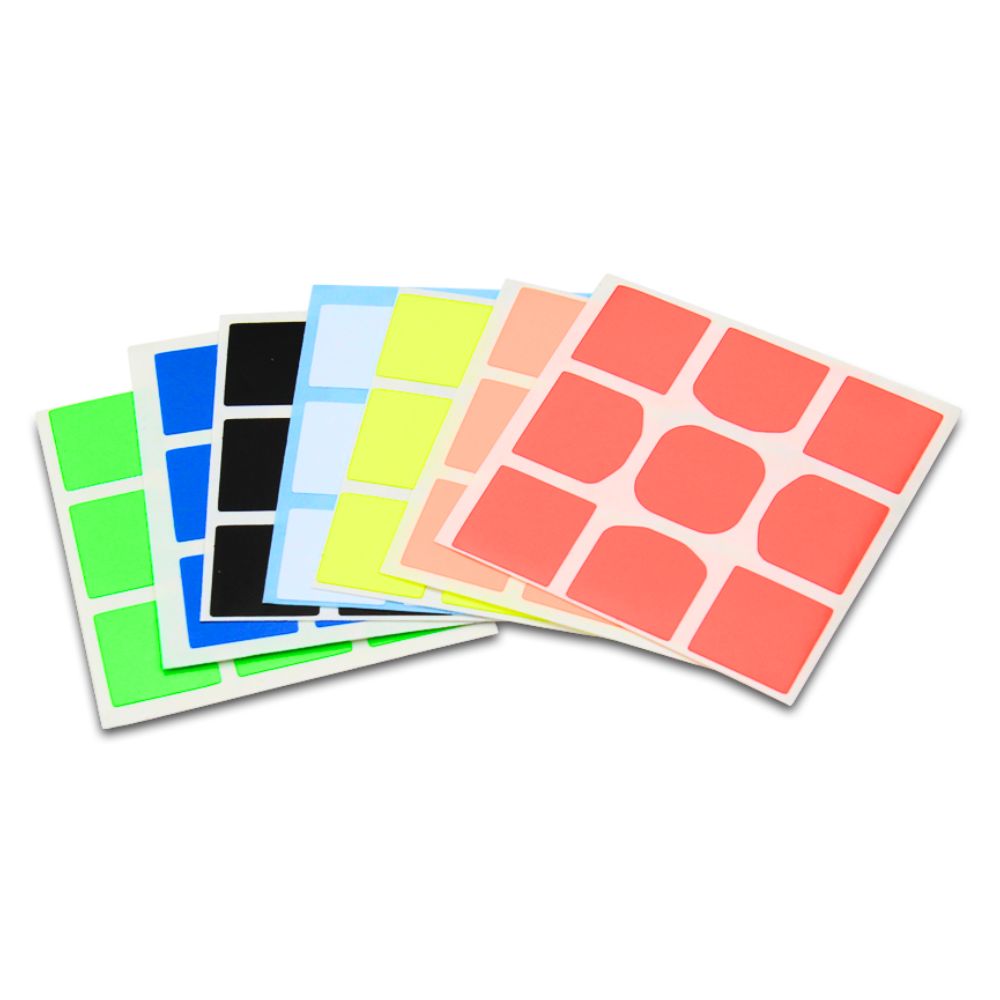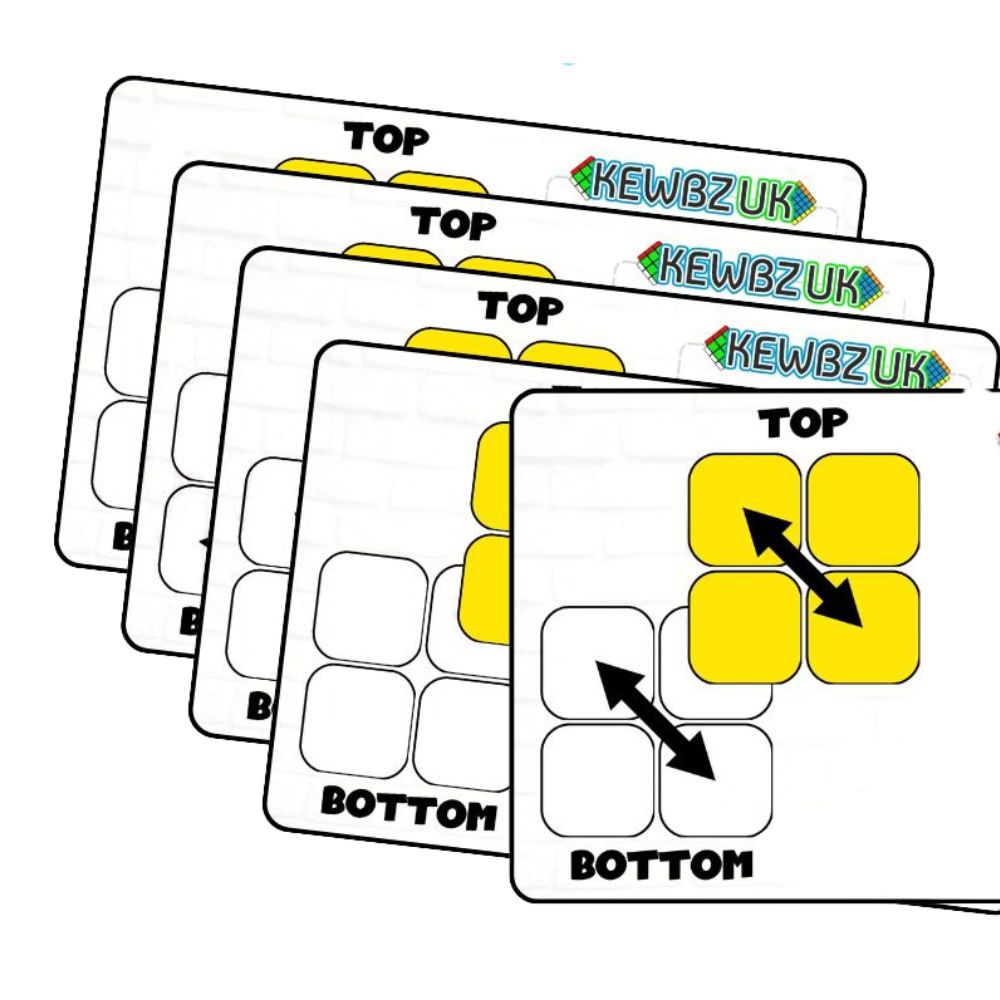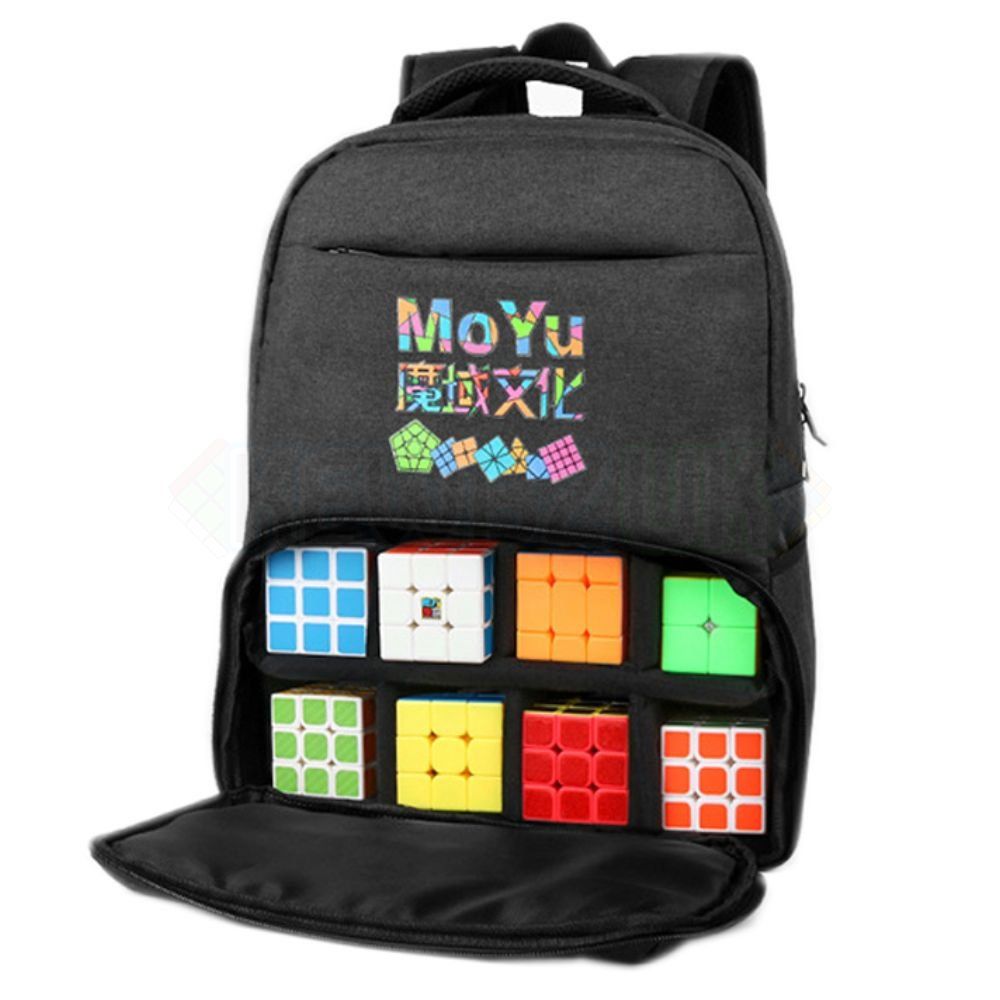Square-1 Notations
The Layout
Each move in a Square-1 algorithm is wrapped inside 2 brackets like this (1,0). The number before the comma means we are turning the top layer, and the number after the comma means we are turning the bottom layer. Example: (1,0) (3,2) (-1,0)
The Number
The number denotes how many times you move that layer in 30° increments.
- 1 = 30°
- 2 = 60°
- 3 = 90°
- 4 = 120°
You might be asking yourself, "How do I know how many degrees I'm turning that layer? Do I need to buy a protractor? 😅" If looking at a solved Square-1, the little edge pieces on the top and bottom layer are 30° while the bigger corner pieces are 60°. From this information, we know that (2,0) would mean we have to turn the top layer by 1 big piece (or 2 little pieces).
The Negative (-1,-1)
Just like a normal cube, we have clockwise and anti-clockwise rotations. In a Square-1 algorithm, these are shown by negative numbers. A positive number means a clockwise rotation, while a negative number means an anti-clockwise (counter-clockwise) rotation. Example: (-1,-3) would mean turning the top layer by 1 30° segment anti-clockwise and the bottom layer by 90° anti-clockwise.
The Slice /
Outside of the bracket moves, you’ll often see a /, which means you need to slice the puzzle. A slice is a 180° rotation of the right-hand layer (as shown in the photo below). A typical algorithm will look like this: / (3,-3) / (3,0) / (-3,0) / (0,3) / (-3,0) / Every time you see /, simply slice the right layer 180° and proceed with the moves inside the brackets that follow it. Really simple!


